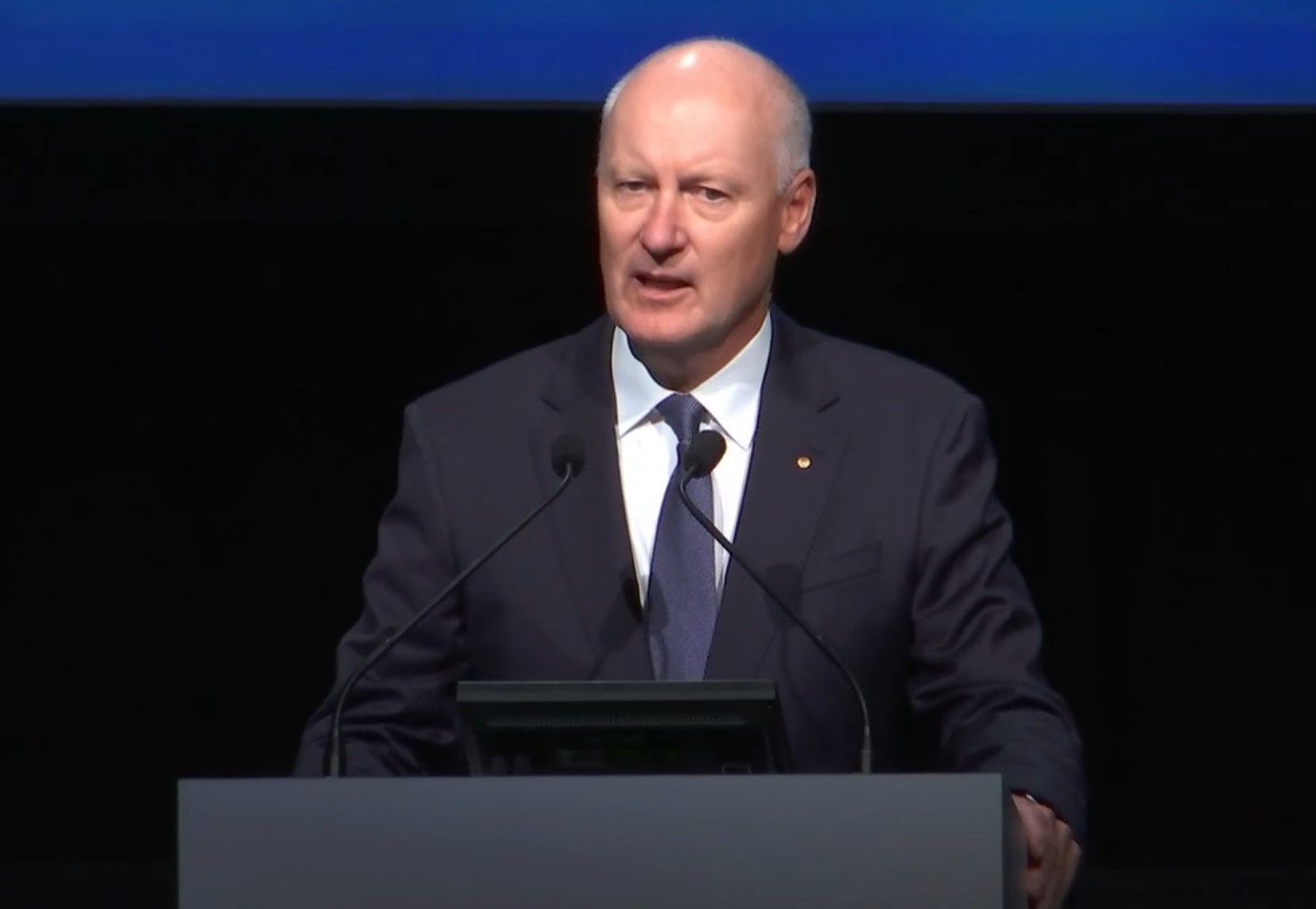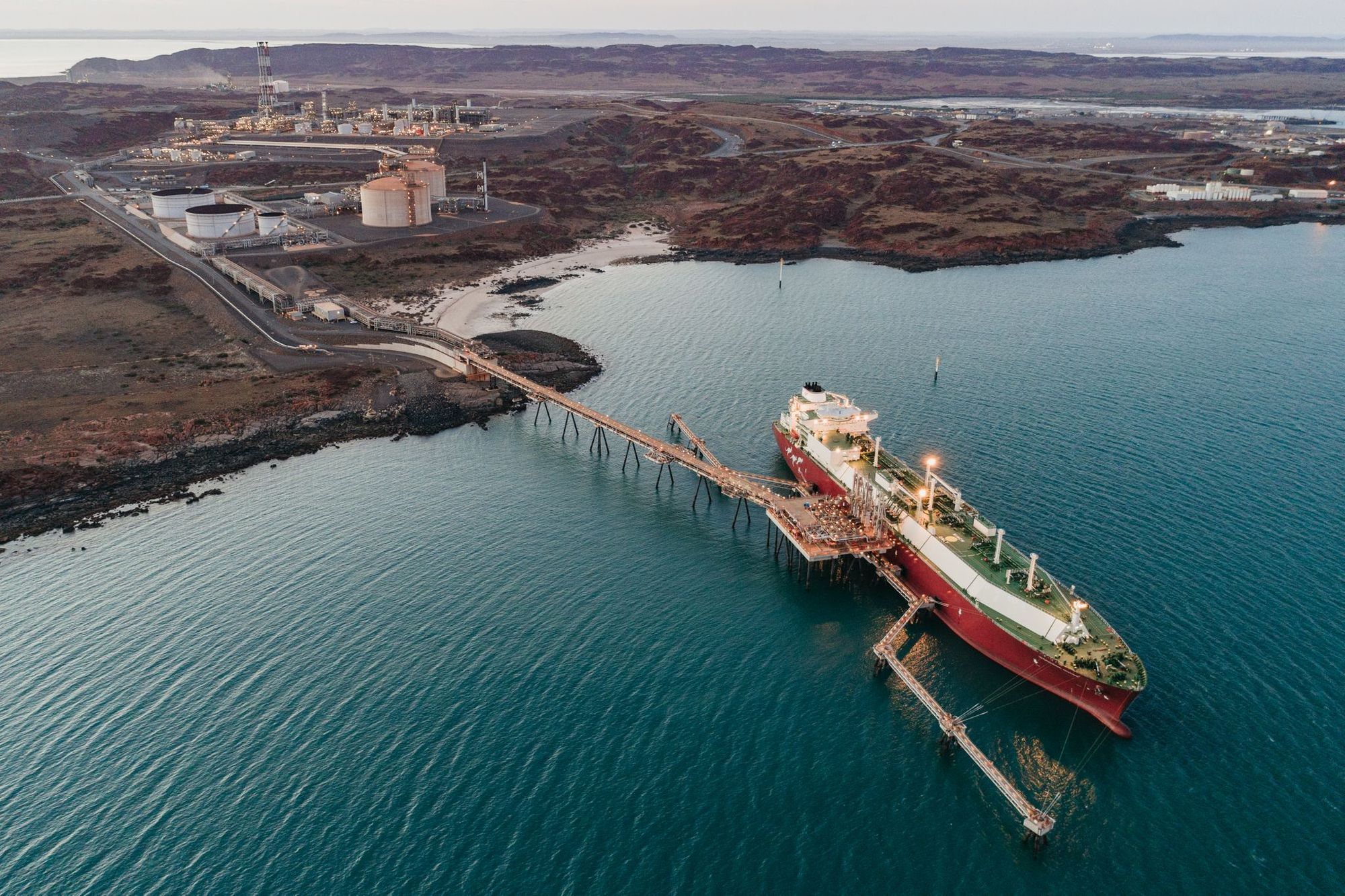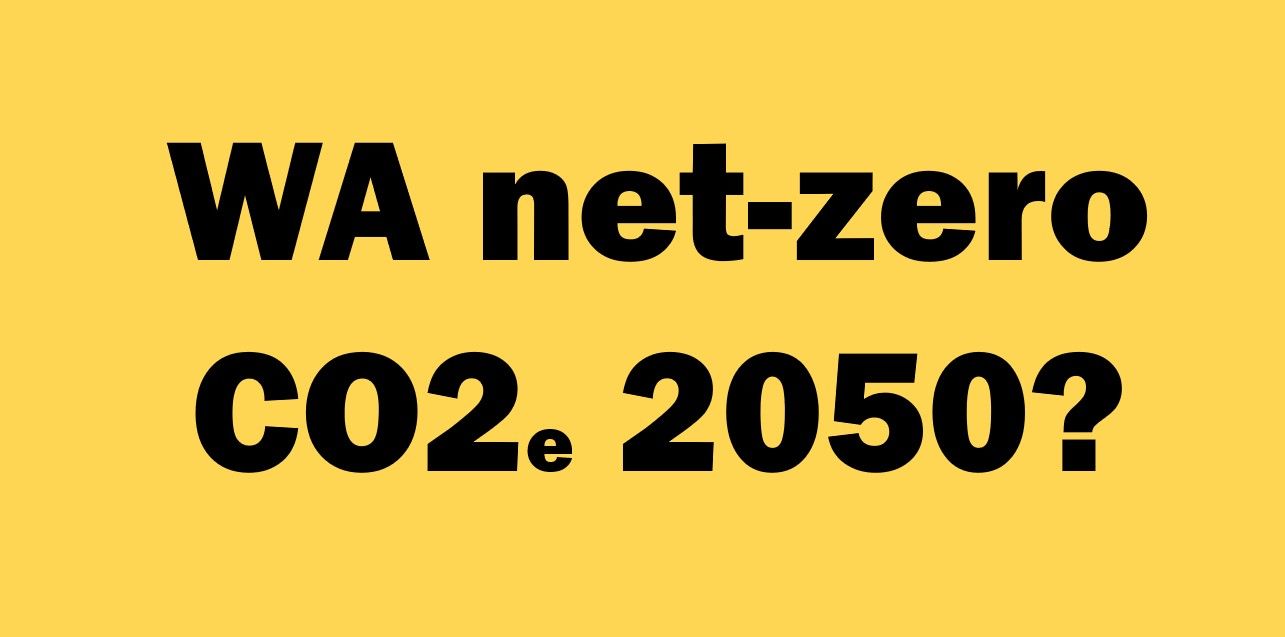Five reasons Australia's green hydrogen dream has foundered
Several big green hydrogen projects have been shelved. An expert explains why Australia’s sky-high ambition for the industry is struggling to reach fruition.
For Woodside, it is Scarborough or bust. Incredibly the LNG specialist has no plan B ready if its last chance to develop an LNG project evaporates. And Scarborough is no sure thing.

ANALYSIS
Woodside's chaotic management succession and climate activism at its AGM was the froth that attracted attention this week, but problems at Australia's biggest oil and gas company run deep.
While the $23 billion LNG specialist will never say it, it has just one realistic growth option: Scarborough. Revealed this week was that Woodside incredibly has no plan B.
Buying a Woodside share is not an investment; it is a bet that Scarborough both goes ahead and performs well financially.
When Woodside chief executive Peter Coleman took charge a decade ago, the company was constructing Pluto to add to its North West Shelf LNG project, and it knew that gas supply to both projects would decline in the 2020s.
The ExxonMobil veteran is leaving next week with the situation unchanged but now imminent.
Sunrise near Timor, Kitimat in Canada, and the perennial hope Browse - distant and CO2-rich – are unlikely to be developed.
Equity in Chevron's Wheatstone LNG project bought in 2015 added production and reserves, but massive write-downs showed it was a sub-par investment.
The Sangomar oil project under construction in Senegal offers revenue but adds nothing to Woodside's green pitch to investors that it supplies gas to displace coal in Asian markets.
Woodside chair Richard Goyder was asked at a media conference on Friday morning: what does Woodside have if Scarborough does not get up?
The ex-Wesfarmers boss mentioned "world-class assets," which presumably are its two rapidly depleting LNG projects and the non-core Senegal oil project.
And then he dropped the clanger about Woodside without Scarborough.
"If that unlikely situation occurs, we'd review where we were at the time," Goyder said.
"At the time" might be a bit late.
Goyder said, "there would be other challenges if Scarborough doesn't get up, more macro challenges."
Yes, the challenges would be substantial.

Coleman named what he saw as the two biggest threats to shareholder value in the next five years.
The first challenge was to find new LNG production that Coleman termed recapitalising the company.
"Both NWS and Pluto will go into decline this decade," Coleman said.
"The directors were faced with a decision of recapitalising the company or allowing the company to just to deplete, go into decline."
Coleman said Scarborough was the focus to arrest the decline, confirming it is Scarborough or bust for Woodside.
The second challenge was the energy transition driven by climate change. Coleman saw Woodside either continuing to produce gas but with carbon offsets or move to the large-scale export of hydrogen and its derivative ammonia.
Long-term, large-scale gas production with offsets is unlikely to compete along the value chain with renewable energy when Scope 3 emissions from Woodside's customers are included. The amount of carbon capture and storage and vegetation offsets required is unmanageable.
Coleman said Scarborough would be a "fantastic cash engine", giving Woodside's board and management "many, many opportunities" as they work through the energy transition.
Scarborough is the key to both of Coleman's challenges: it replaces the cash from declining projects in the medium term, and that cash buys time and resources for Woodside to develop a place in the emerging new world of energy.
Without Scarborough, Woodside could be beached by the receding tide of investor interest in long-term hydrocarbon projects and possibly wither before deep large-scale green hydrogen and ammonia markets develop.
Scarborough can produce relatively low carbon intensity LNG but may be challenged to supply it at a competitive price while earning a reasonable return for investors.
An analysis by energy research house Wood Mackenzie released in early 2020 is the only independent assessment of Scarborough's competitiveness available in the public domain.

LNG from Scarborough was the most expensive of nine projects Wood Mackenzie considered. Qatar could land LNG in Japan for less than it cost Woodside to get Scarborough gas to the inlet of the Pluto LNG plant.
Woodside has worked to improve the economics of Scarborough since then, including a 20 per cent increase in upstream capacity.
Given the size of the competitive gap, the probability of a Woodside without Scarborough is certainly sufficiently high for shareholders to expect better from the board than a promise to think about it if it happened.
Coleman said major projects needed momentum – internally and with customers, contractors and shareholders – and Scarborough had it until COVID hit.
"So, we lost that momentum, but we haven't lost faith and were gathering that pace again," Coleman.
That pace is less than planned, with plenty of language this week from Woodside walking away from a final investment decision in 2021.
And momentum should not be confused with the probability of success.
Coleman made Woodside's Browse LNG project look like it had momentum when he got the McGowan Government to beat the WA Environmental Protection Authority into submission in early 2019 when the agency tried to rein in WA's soaring carbon emissions.
Browse has gone from being crucial to the future of the State to rarely being mentioned by Woodside.
Now, surprise, surprise, we all need Scarborough.
"It's not just important for Woodside; it's important for the state and the country," Coleman said.
Coleman's comments and the saturation feel-good advertising Woodside has subjected WA to for months indicate that Woodside is readying to haul the State Government in again to help a marginal project. And again, the EPA is at the centre of the fight.
While Goyder told the AGM on Thursday that "key regulatory approvals are now in place", Woodside has two huge hurdles before Scarborough achieves regulatory certainty.

The Conservation Council of WA's legal challenge to the EPA allowing additional gas fields to supply the North West Shelf and Pluto LNG plants, extending their life for decades, without a public review process could take two years to resolve.
Goyder would not comment on the case as it was before the court.
Another lower profile problem for Woodside is the need for the EPA to approve a revised greenhouse gas management plan for the Pluto LNG project that will process gas from Scarborough.
That plan will be subject to the same guidelines that have required the Waitsia gas project and a Fortescue power station to gradually reduce carbon emissions to zero by 2050 or before.
Woodside has promised to offset the CO2 contained in the gas from Scarborough reservoir, but that is a trivial amount compared to emissions from the Pluto LNG plant.

Perth's premier oil and gas company, which has proved itself more capable of manipulating governments than progressing projects, appears to be readying to again corral McGowan into helping out.
Last time the Premier most likely thought Coleman's Burrup Hub of Browse and Scarborough could deliver attractive job announcements before the March 2021 election.
The jobs did not materialise, and the announcements were not needed.
Woodside has no choice but to try again, or as departing chief executive Coleman said, see production deplete and the company go into decline.
Main image: Protest outside the Woodside office in Perth before the 2021 AGM. Source: Pete Milne.
All the info and a bit of comment on WA energy and climate every Friday